QuestionHi, I have a 5 month old male German Shepherd pup and I just bought a 11 week old female German Shepherd pup. Cooper (the male) at first seemed as if he wanted to play with her, Then all of a sudden he started barking aggressively and went to bite her. I had hold of his collar at all times just in case and lucky I did. I've been told I should take them for a walk together but I would be doing this on my own and I'm worried I may not be able to hold Cooper back if he decides he is just going to go for her. What are some other ways I may be able to introduce them?
AnswerWhen I am by myself, I have had good luck using a tie down, just a simple length of chain anchored on one end and a snap on the other end. I put the older dog on it and keep the younger one on leash.
I think you need to get Cooper under control. The key to most behavior problems is approaching things using the dog's natural instincts. Dogs see all the people and dogs in the household as a pack with each having their own rank in the pack and a top dog. Life is much easier if the 2 legged pack members outrank the 4 legged ones. You can learn to play the role of top dog by reading some books or going to a good obedience class. A good obedience class or book is about you being top dog, not about rewarding standard commands with a treat. Start at http://www.dogsbestfriend.com/ For more on being top dog, see http://www.dogbreedinfo.com./topdogrules.htm
Since Cooper is 5 months old, start with a good 6' leather
leash and a sturdy slip collar, the metal chain ones with the rings on each
end. You want the shortest one that will go on and off easily. If you walk
with the dog on the left, pull the chain through one loop forming a "P".
Facing it, slip it over its head. The free end should come over the neck to the leash, and the other end should drop slack when there is no pull on the leash. Before 4 months use a conventional flat collar to protect the tender young neck.
Easier dogs will give up their pulling with a few good snaps of the leash
combined with a stern "Bad dog!". You can work up to forceful corrections
with the leash doubled up in both hands and your whole body behind it. But
you don't want to use any more force than you need. One gentle technique I
like is to just stop when he pulls. He wants to go. If you move forward when
the leash is slack, and stop when he pulls, he should quickly figure out the
only way to get to go, is not to pull. This is about teaching him not to
pull, not getting somewhere. The man that taught it to me said "If in a half
hour you haven't made it out to the front walk, fine, you have taught him a
lesson''. Pulling the dog backwards is a good technique too
Still, you may want to switch to a head collar. The leading brands are Promise, Haltie, and Gentle Leader. They have a strap going around the dogs nose looking something like a muzzle. They work by pulling the dogs head around. No other way gives you such great control with so little force. The prong collar is now a
dangerous relic of value only for its macho looks. Do not consider using one
without hands on instruction from somebody with plenty of experience with them.
All but the most recalcitrant young puppies can be controlled before they are 4 months old with the flat collar and patience. If you must have something more with a younger puppy, use a fabric restricted slip collar. These are sort of a cross between the conventional flat collar and the slip collar. Some of them are adjustable, Good for a growing puppy. They have a fabric loop at one end with a metal ring holding the other end in the loop, allowing it to slid back a forth. find one, or adjust one to where it will go on over the puppies head, but will not tighten up past a snug fit around the neck. Put it on the same way as the metal slip collar. The service dog school my Pepper belongs to uses them on all their dogs, puppies and working dogs, except where they must use a head collar.

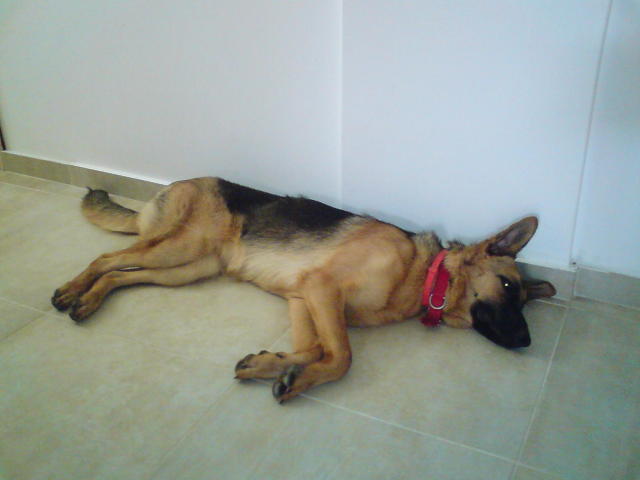 puppy growing thin and tall
Question
Lying down
Hi, I have a 9 month old German She
puppy growing thin and tall
Question
Lying down
Hi, I have a 9 month old German She
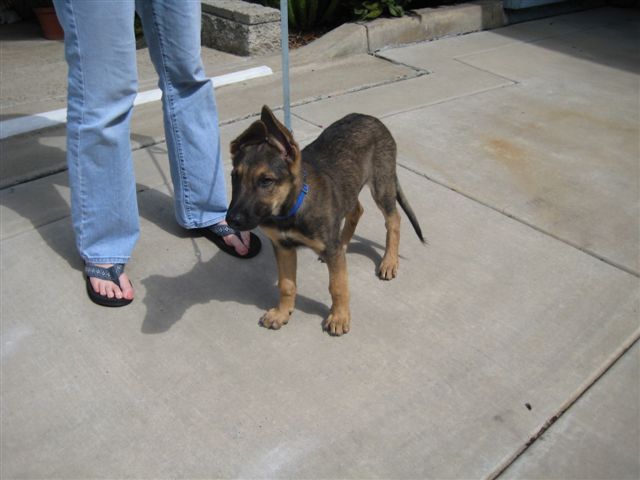 3 month old German Shepherd ears.
QuestionQUESTION: Hello and thank you for you time. I a
3 month old German Shepherd ears.
QuestionQUESTION: Hello and thank you for you time. I a
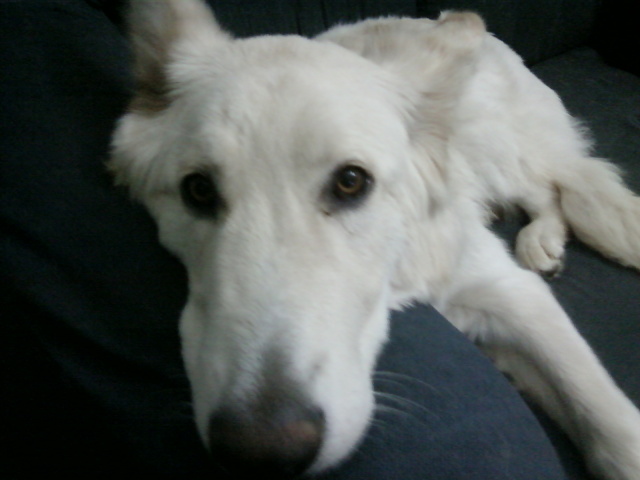 A traumatic experience
Question
Kelsie
Hi, we have two dogs and the second one
A traumatic experience
Question
Kelsie
Hi, we have two dogs and the second one
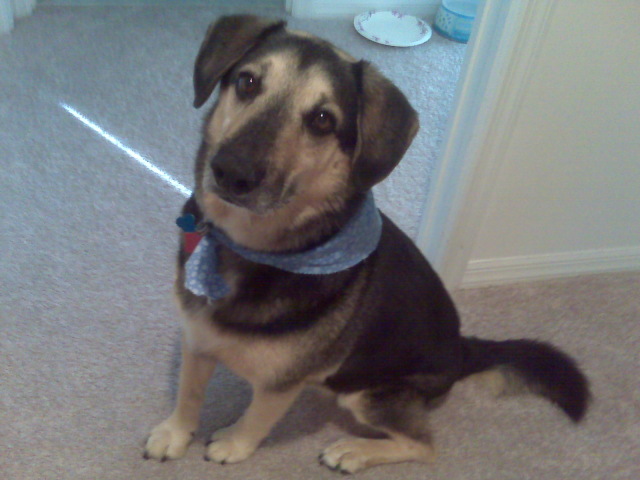 German Shepherd Mix Food
Question
Harley
Hello,
I have a 6 1/2 year old German S
German Shepherd Mix Food
Question
Harley
Hello,
I have a 6 1/2 year old German S
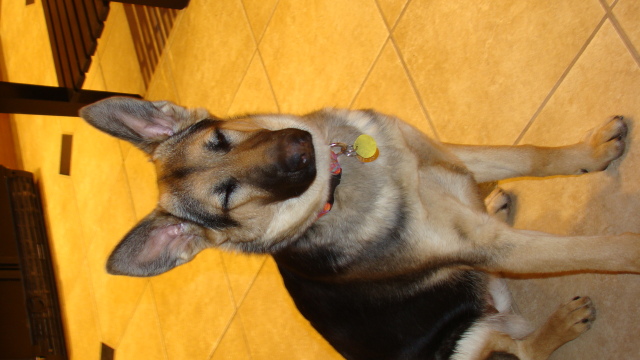 tymber
Question
tymber
ok my gsd is now 7 months old and i hav
tymber
Question
tymber
ok my gsd is now 7 months old and i hav